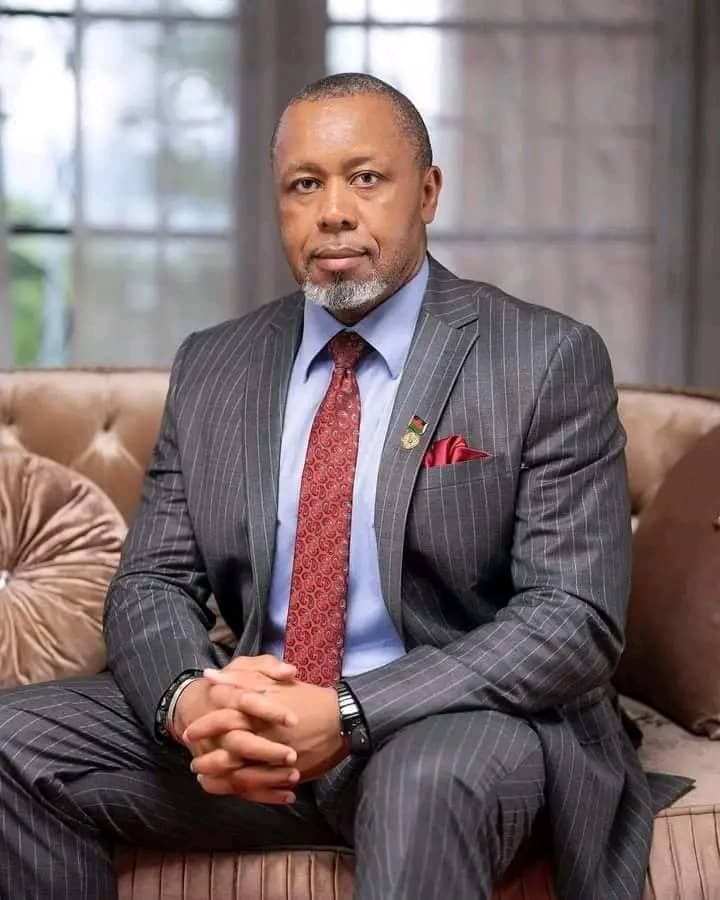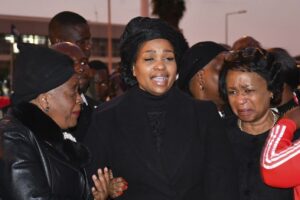By Burnett Munthali
The death of Malawi’s Vice President Dr. Saulos Klaus Chilima in a tragic plane crash on June 10, 2024, sent shockwaves across the nation and beyond.
As the country grappled with disbelief and grief, the role of the media came under sharp scrutiny for how it reported the unfolding tragedy.
From the moment the aircraft lost contact with aviation authorities, social media was flooded with speculative posts, some falsely declaring all passengers dead even before official confirmation.

This premature reporting not only caused panic among the families of those onboard but also undermined the work of search and rescue teams still combing through the Chikangawa Forest.
Mainstream media outlets, racing to break the story first, often relied on unverified sources, contributing to a cloud of confusion and anxiety.
In a time of national crisis, the public looked to the media for clarity and reassurance, but instead, many were met with chaos and conjecture.
Photoshopped images, fake rescue updates, and sensational headlines became rampant, particularly on Facebook and WhatsApp.
The pressure to provide constant updates seemed to override the media’s ethical obligation to verify information before publication.
This situation highlighted the blurred lines between journalism and digital rumor-mongering in the age of instant communication.
Ethical journalism demands restraint, especially in sensitive matters involving death, yet this restraint was noticeably absent in many cases.
There were outlets that performed admirably, sticking to official sources and providing calm, fact-based updates — but they were the minority.
The responsibility of reporting such a sensitive event also includes showing respect for the deceased and their loved ones.
Unfortunately, graphic images purported to be from the crash site were shared widely without consideration for their traumatic impact.
Many Malawians took to social media to criticize both media houses and individual users for spreading fear and disrespect.
A public sense of betrayal emerged, with many feeling that the media had weaponized tragedy for clicks and ratings.
In the days that followed, a wider conversation on media ethics gained momentum across civil society, academia, and professional journalism circles.
Questions were raised about the Malawi Communications Regulatory Authority (MACRA) and its silence during the flood of misinformation.
Some called for stricter regulation of digital platforms, while others emphasized the need for media literacy among citizens.
This tragic event served as a mirror, revealing both the strengths and deep weaknesses of Malawi’s media landscape in the digital era.
It also presented a learning opportunity for media practitioners to reflect on how to balance speed with accuracy, and facts with empathy.
In covering death — especially one that holds such national significance — journalists must remember that behind every headline is a grieving family, a mourning nation, and a legacy in peril.
The Chilima tragedy has shown that the media’s greatest power is not in breaking the news, but in shaping how a nation remembers its darkest moments.
Only through ethical responsibility and humanity can the press truly honor those who have passed — and serve the living.





